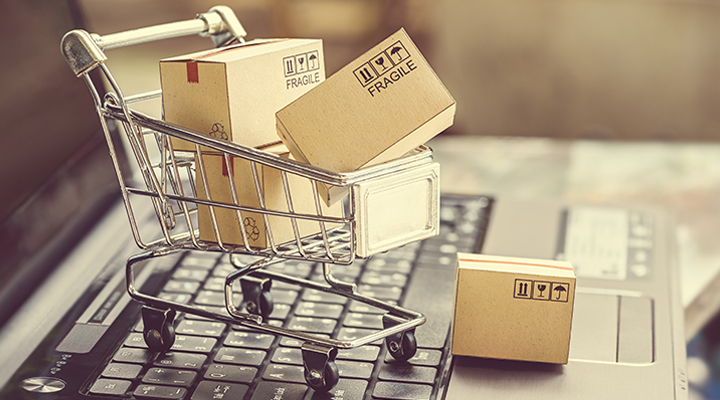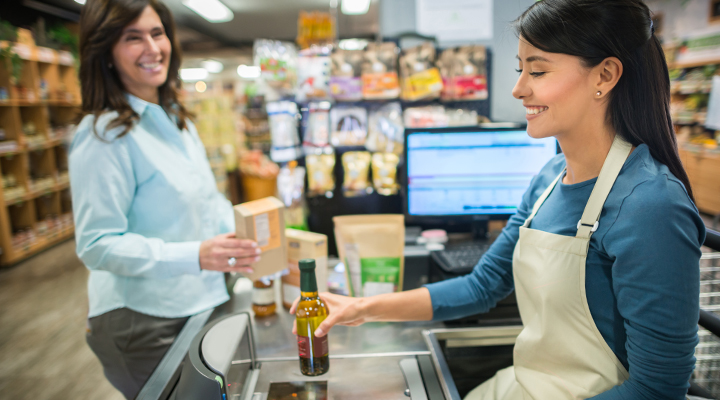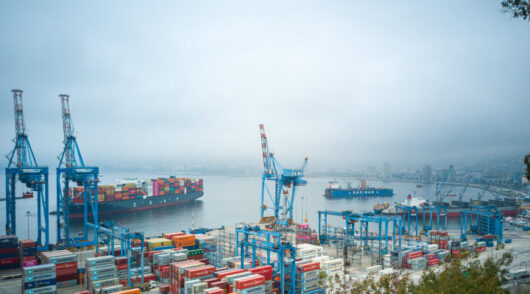The GS1 barcode, born on April 3, 1973, has been an indispensable force in shaping the world over the past 50 years. Originally conceived as a universal standard for product identification in retail, a joint effort among grocery industry leaders, paved the way for the formation of the GS1 global organisation we know today.
Though often overlooked, the barcode’s impact is immense, with more than 6 billion scans conducted daily worldwide. Its application spans various sectors, from physical retail stores and online sales to hospitals and pharmaceutical exports. By enabling global trade, enhancing product accessibility, transforming transportation, and ensuring product and patient safety, the barcode has become a cornerstone of modern life. As we continue to embrace digital transformation, the barcode’s role in tracking, tracing, and managing the flow of goods and information within global supply chains remains vital.
GS1 Australia, a not-for-profit standards body, takes this opportunity to celebrate the barcode while casting an eye ahead. Although the journey begins with 2D barcodes, the future undoubtedly holds much more in store. Initially designed to revolutionise the retail sector and expedite the checkout experience, the barcode simplified in-store processes for both employees and customers. Presently, GS1 collaborates closely with more than 22,000 businesses spanning 25 industry sectors, works to understand their needs and develops solutions and standards to address challenges and enhance the supply chains for generations to come.

The adoption of 2D barcodes on food, pharmaceuticals, and other products worldwide has unlocked even greater information and traceability. This added functionality has positively impacted sectors such as healthcare, logistics, retail, and e-commerce, offering enhanced product visibility, accuracy, efficiency, and safety.
“The world has changed and so has the way that we do business. GS1 recognises the changes taking place globally and developed 2DBarcodes to support this change and industry,” said Maria Palazzolo, CEO at GS1 Australia.
The barcode’s destiny is brimming with exciting possibilities. Mobile technology and the Internet of Things (IoT) have ushered in new and innovative applications. Smartphones now scan barcodes, providing consumers with instant access to detailed product information, user reviews, price comparisons, and more. Moreover, the barcode’s role will prove vital in promoting sustainability, reducing waste, and improving traceability and efficiency across supply chains.
As we celebrate the barcode’s 50th birthday, let’s recognise it as the unsung hero of modern life. Its transformative power has shaped the world in unimaginable ways, and it will continue to do so, guiding our future one scan at a time. Here’s to the barcode – 50 and fabulous!






